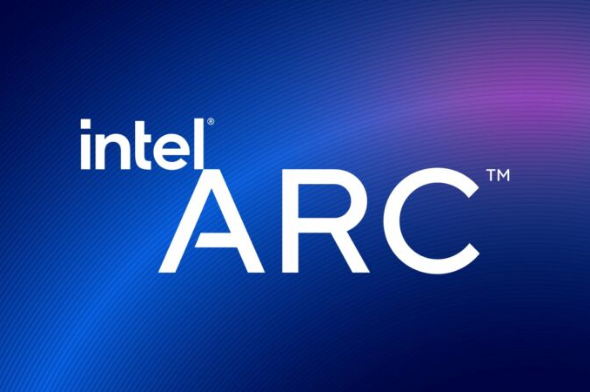Connection to DriversCloud Create a DriversCloud.com account Reset your DriversCloud.com password Account migration
"ARC": Intel makes its return to the world of graphics cards official
A new brand launched by Intel to compete directly with NVIDIA GeForce and AMD Radeon.
During the 90s, Intel had real graphics solutions leading to dedicated graphics cards. Probably overwhelmed by a particularly active competition, the American company then decided to withdraw before trying to make a comeback during the years 2008-2009 with the Larrabee architecture. However, the most expert among you will remember that Intel never managed to bring this new architecture to fruition, which was finally abandoned in December 2009 before Intel put an end to it, for the general public, in May 2010.
Since then, Intel's return to the graphics card market has been mentioned at regular intervals, like a sea serpent. For three years now, this return has been materializing little by little and the launch of the ARC brand confirms the countless rumors of the last few months. Intel makes it clear from the outset that ARC will not just be a graphics card brand. It is for the American company to group all operations associated with graphics chips themselves as well as software and associated services.
Intel has also confirmed that the first products of the ARC brand will be based on the DG2 architecture, which has already been mentioned several times in recent months. The American mentioned the code name "Alchemist" for this first generation which will be at the origin of graphics cards intended for desktop machines as well as laptop machines, and this, from the first quarter of next year. Without going into details of its architecture or mentioning the level of performance that can be expected, Intel has clearly put video games in the spotlight with a video (above) illustrating many titles running on an Alchemist prototype.
Rather than talking about the performance of its future solutions, Intel logically confirmed that Alchemist GPUs are compatible with DirectX 12 Ultimate. Intel also logically emphasized most of the most popular display techniques today, including mesh shading, variable rate shading and the famous ray tracing. Finally, and it will be clearly expected at the turn, Intel has specified that it was working on a solution of super sampling assisted by artificial intelligence. A sort of competitor to the remarkable deep learning super sampling (DLSS) of NVIDIA.
In order to prove its long-term commitment, Intel mentioned the future of ARC. The Alchemist GPUs will indeed only be the first step and as the American explains: " the revelation of future generations of hardware underlines Intel's deep and ongoing commitment to gamers and creators around the world ". In fact, after Alchemist, Intel will launch the Battlemage, Celestial and Druid generations. More information is expected before the end of the year.





